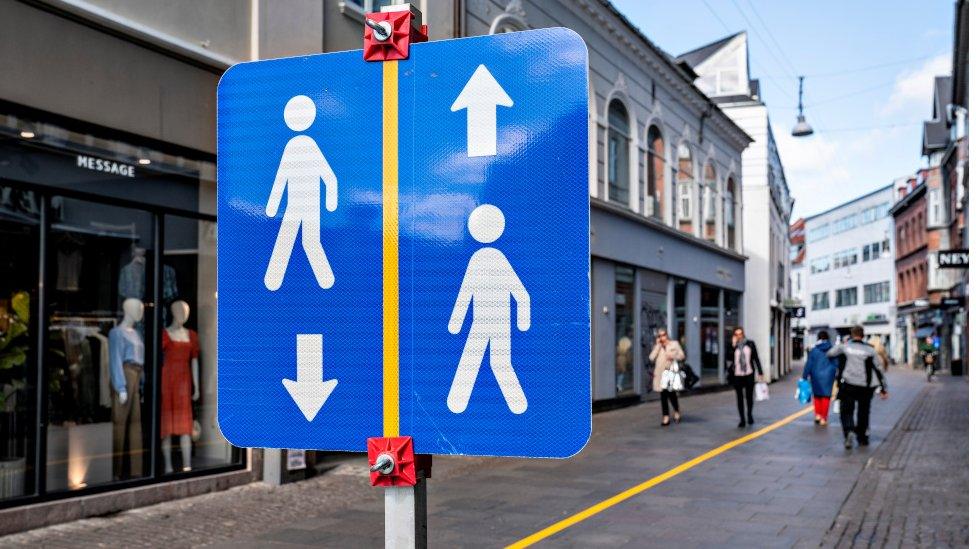Coronavirus outbreak: Five ways Europe is easing lockdown
- Published
Rob Cameron lowers his mask to sip beer at a brewery in Prague
Europe is opening up further, with its citizens tasting freedoms they missed during the coronavirus pandemic.
The scope of the relaxation varies but here are some of the highlights.
1. Czechs can have a beer
The beer-loving Czechs can finally get back into pubs, albeit with social distancing and mask-wearing indoors. It is the country with the highest per capita beer consumption in the world.
Monday marks the final stage in the Czech Republic's staged easing of lockdown.
It has been hit far less hard by coronavirus than several other European countries, but was the first to make mask-wearing in public compulsory. It is not clear how strictly mask-wearing can be enforced indoors while people are eating and drinking.
2. Spaniards can visit museums
Spain had one of Europe's toughest lockdowns but in the big cities parks, museums and other cultural centres are reopening under the country's four-phase easing of restrictions.
There are strict limits on numbers: indoor sites can only operate at one-third capacity, while outdoor events are limited to a maximum crowd of 200.
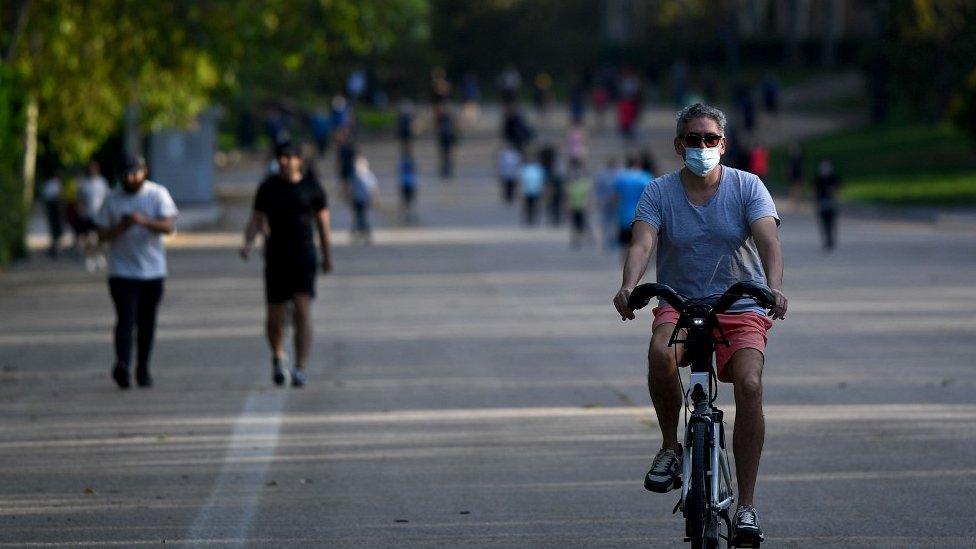
Retiro Park reopened in Madrid
Phase one of easing covers more than half of the population and includes Spain's two main cities, Madrid and Barcelona. In both bars are now allowed to open terraces at 50% capacity and people can meet in groups of up to 10.
Previously Spaniards were allowed to leave home for exercise only during certain time slots, in an area close to home and according to age group. Now joggers have returned to Madrid's famous Retiro Park.
But free movement is not allowed between Barcelona and its wider metropolitan area.
Other regions are entering phase two of easing which will see beaches and swimming pools reopening.
3. Italians can go for a swim
Italy is reopening gyms and swimming pools, but with strict hygiene and social distancing rules.
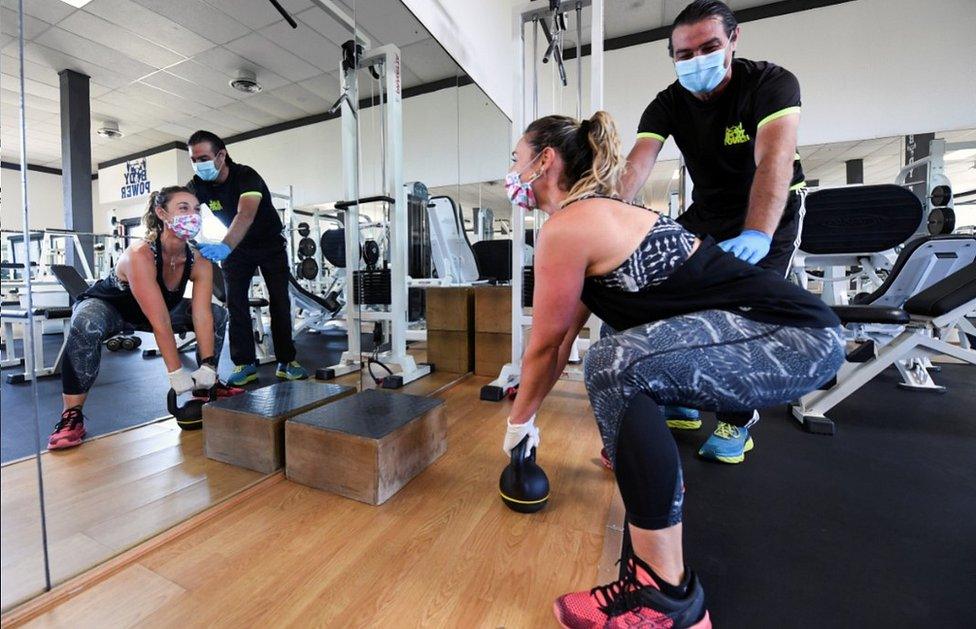
Italian gyms tried out social distancing measures before reopening
Besides Lombardy, the reopening is also being delayed in Basilicata in the south and in Bologna. Sports facilities in Lombardy remain closed until 31 May.
There are elaborate rules for gyms and swimming pools, as reported by Ansa news agency, including:
Only a few users allowed into changing rooms at a time, and they must stay 1m (3ft) distant from each other
Use of hand sanitiser and mask-wearing on entering gym or swimming pool
Gym users to stay at least 2m apart during exercise session, no group activities, but no mask necessary
The area of pool allowed for each swimmer is 7 sq m, to limit numbers
Poolside loungers to be spaced 1.5m apart and swimming instructors must wear masks
4. Greeks can visit islands
Greece is opening up its many islands to travellers from the mainland, but not to foreign tourists yet.

Mykonos seafront: Greek islands are anxious to see visitors again this summer
It means many Greeks with island holiday homes can get to their places to relax - and support the struggling local economy. It is a relief for many after two months of lockdown.
It is also an important step towards restarting the wider tourism industry, which makes up at least one-fifth of the Greek economy.
Last week, Greek Prime Minister Kyriakos Mitsotakis said the country would open up to international tourism from 15 June. He said most flights to Greece would resume by 1 July, when seasonal hotels will reopen and a two-week quarantine for foreigners will no longer be in force.
The BBC's Quentin Sommerville arrived in Athens airport last month to see how Greece tested travellers
Spain's government says the country will reopen its borders to international tourism from July, when the current two-week quarantine requirement for foreign visitors will be lifted. Tourism accounts for more than 12% of Spain's economic output.
Italy is also due to reopen its borders to foreign tourists from 3 June.
5. Polish children can go to school
Across Europe many children have already returned to school, but the scope of that return varies widely.
On Monday it is the turn of many Polish children to go back to class.
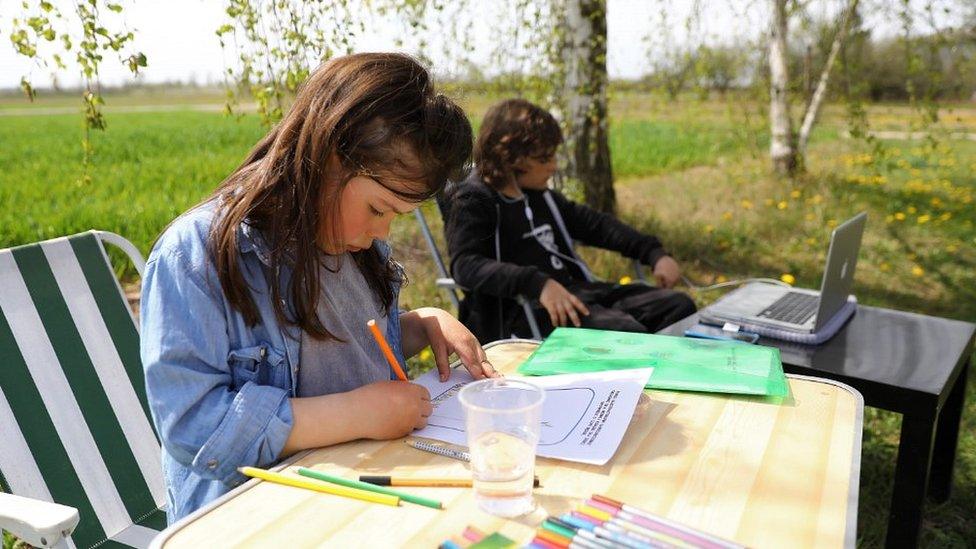
Remote learning in Ciszyca Dolna, southeastern Poland
But some parents have said they will keep their children at home as the school year is due to end on 26 June and they do not think it is worth risking infection for a few weeks in the classroom, the BBC's Adam Easton reports.
Primary schools and universities are partially reopening: primary schools will have limited lessons for the youngest children; universities are restarting classes for final-year students. Class sizes are limited, with social distancing.

A SIMPLE GUIDE: What are the symptoms?
UPLIFTING STORY: '' I got a life-changing opportunity in lockdown'
POST-COVID WORLD: Will we ever shake hands again?
GLOBAL TAKE: Which country has the most generous bailout?
THE LOST SIX WEEKS: Missed chances for US to contain outbreak

- Published23 May 2020
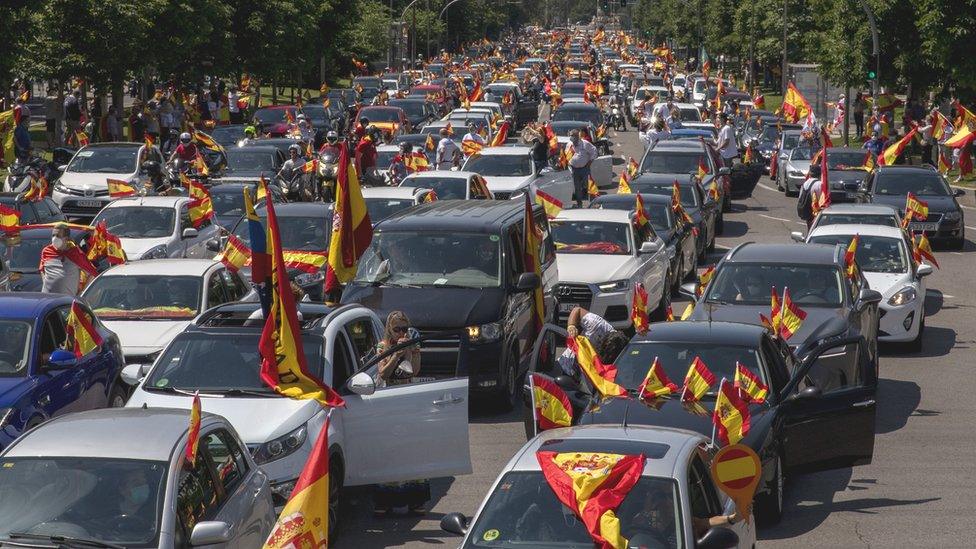
- Published21 May 2020
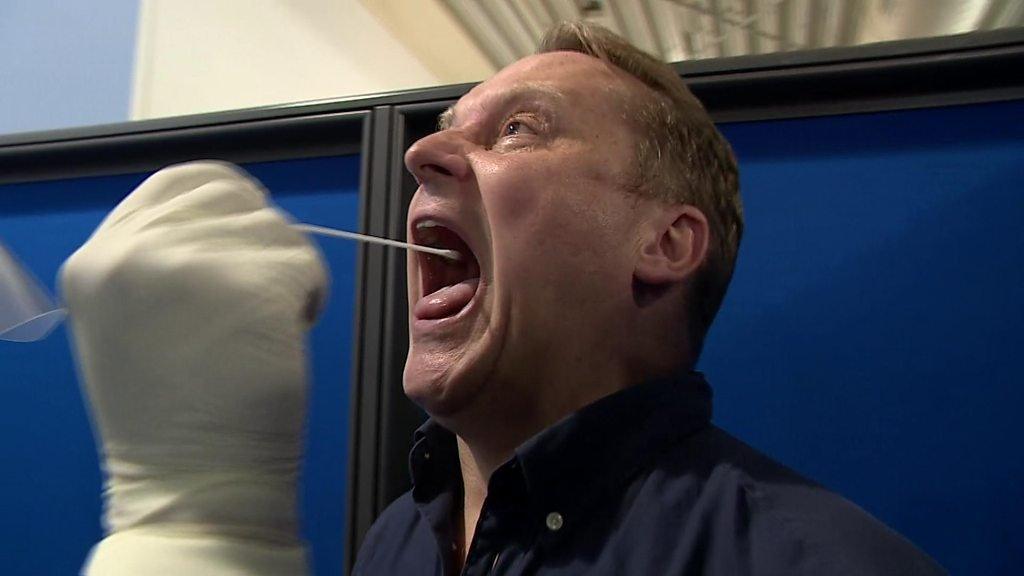
- Published2 July 2020
